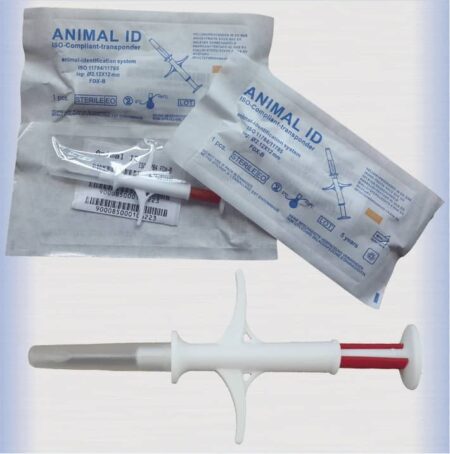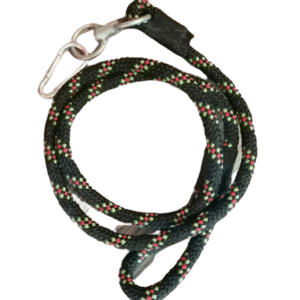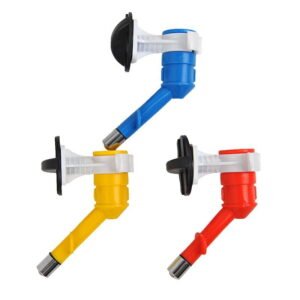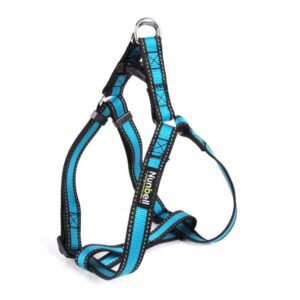Description
Microchip for Dogs & Cats Identification
Microchip for Dogs & Cats Identification, do not be afraid of loosing your pet, you can trace and find it anytime if it is lost or misplace. A microchip capsule is roughly the size of a grain of rice. The microchip ed pet is always safe and within your range if it is found by some honest person. You can read the data associated with your dog and can call the real owner of the pet to take it back. Procedure is very simple. A microchip is no bigger than a grain of rice, and veterinarians can implant the chips into all kinds of pets — from reptiles and birds to cats and dogs. The device carries a number, and this number is plugged into a database that includes the name and contact information of a pet’s owner.
First, the glass material that encapsulates the device is biocompatible. That means it’s not toxic and doesn’t hurt the animal’s body, so your pet won’t experience an allergic reaction to the device after implantation. Some versions of the microchip also include a cap made of polypropylene polymer to keep the chip from moving around once it’s inside the animal. The polymer works by encouraging connective tissue and other kinds of cells to form around the capsule to hold it in place [source: Identipet]. Although surgical removal of the device is difficult, microchips don’t expire or wear down. They’re good for the life span of the pet.
Inside the capsule, you’ll find the actual silicon microchip that holds the important information, as well as a tuning capacitor and an antenna coil. The capacitor receives power and sends it to the microchip. The microchip’s information can then be picked up through the antenna, which is a copper coil.
Because it has no internal power source, a microchip like this needs a reader or scanner (also called an interrogator) to energize it [source: RFID Journal]. Often, manufacturers of microchips donate scanners to animal shelters. When set to the correct frequency, the scanner “interrogates” the microchip by invigorating the capacitor with electromagnetic power. When energized, the microchip capsule sends radio signals back to the scanner with the identification number. The scanner can then interpret the radio waves and display the identification number on an LCD screen (liquid crystal display screen). To learn more about how radio waves transmit information, take a look at How Radio Works.
Information taken from How Pet Microchipping Works






Reviews
There are no reviews yet.